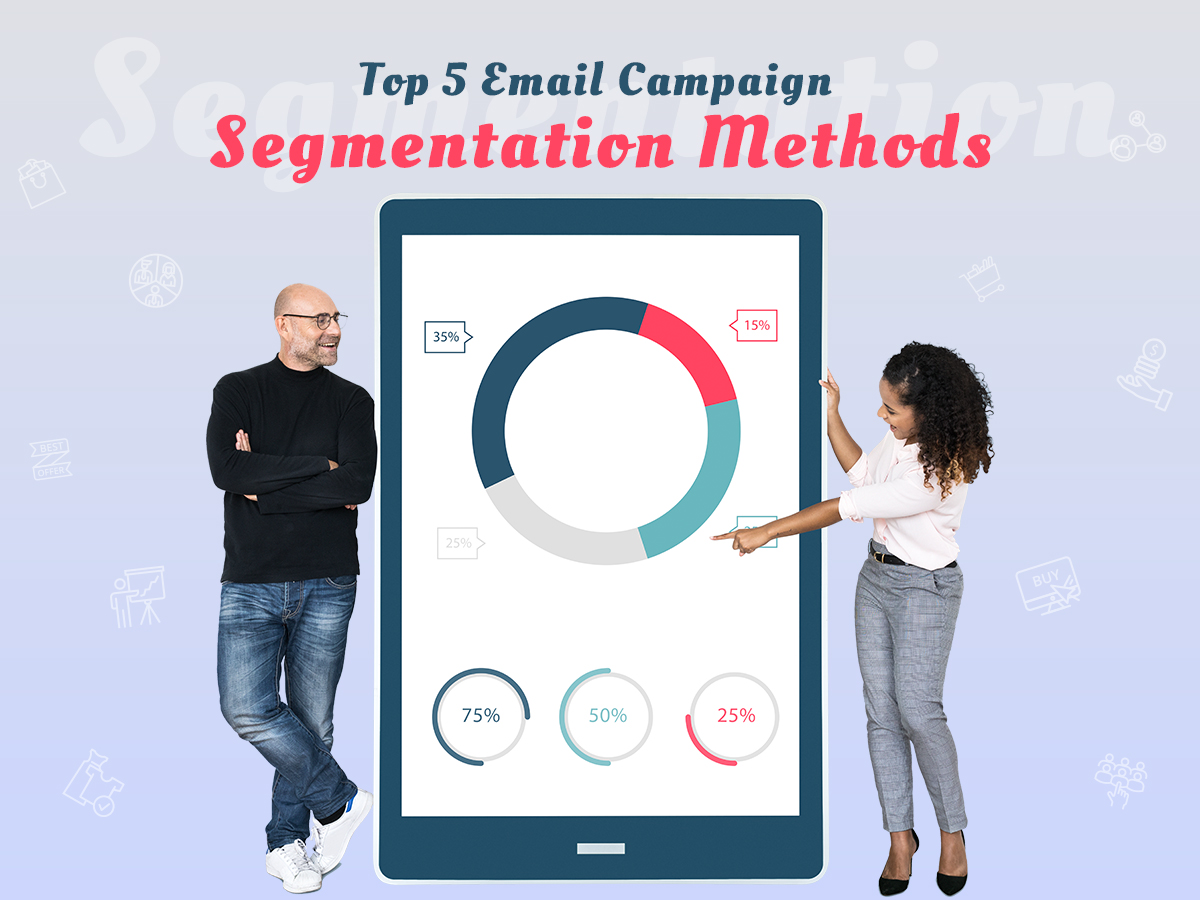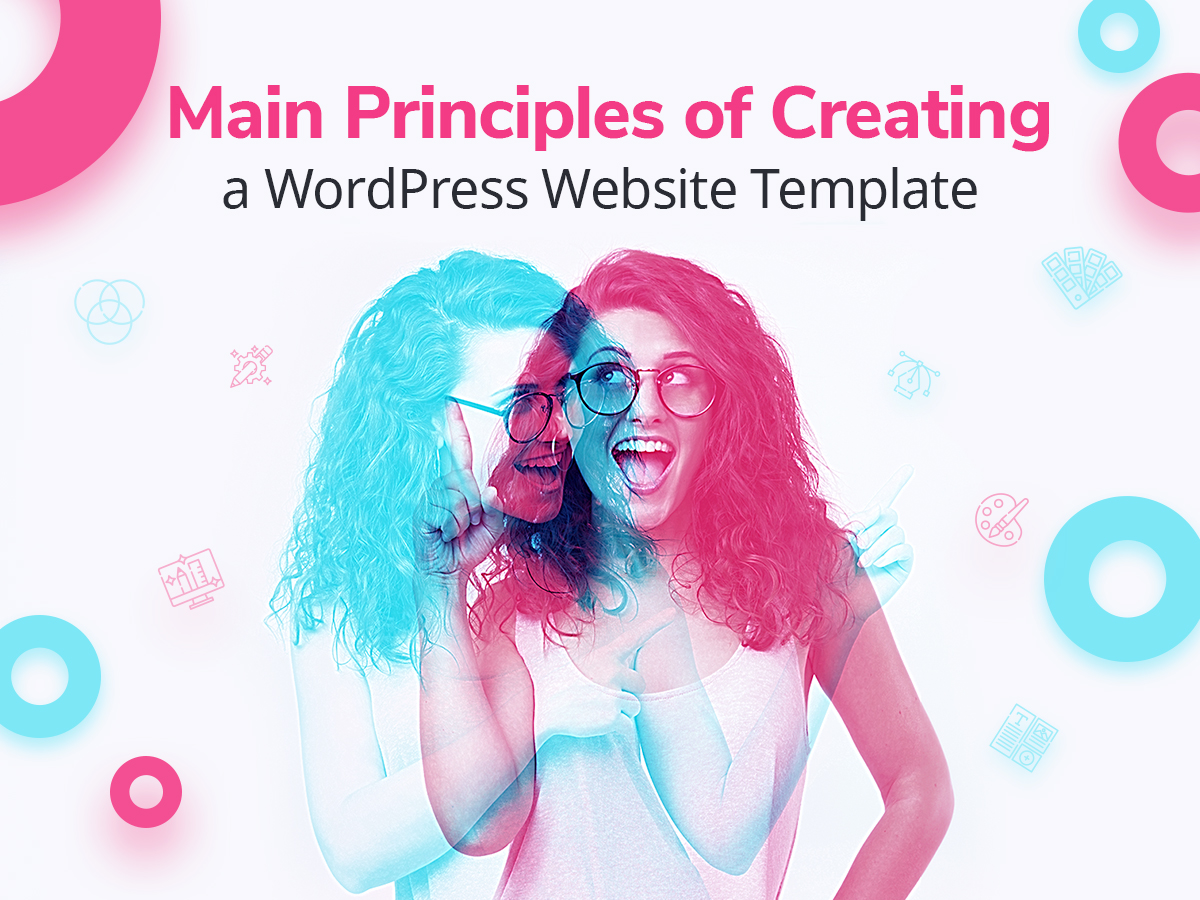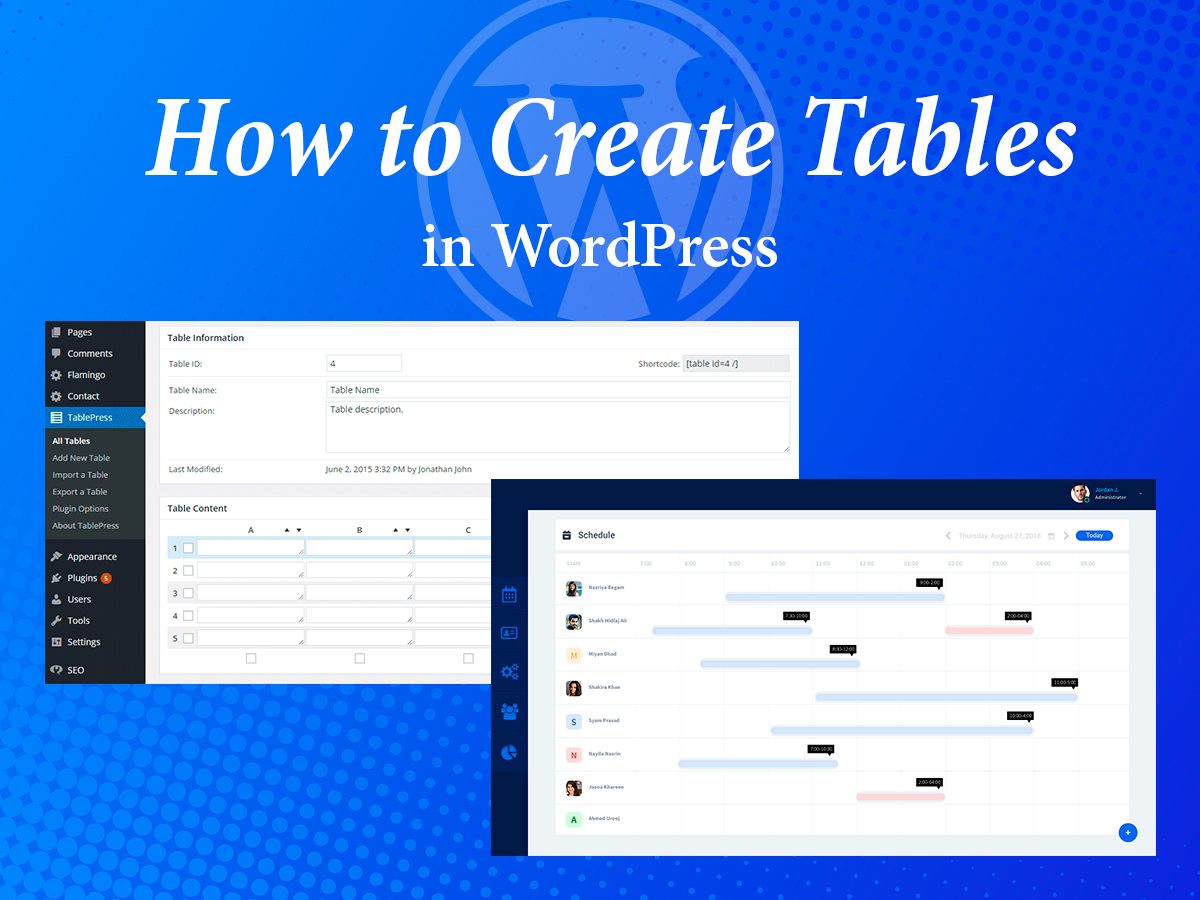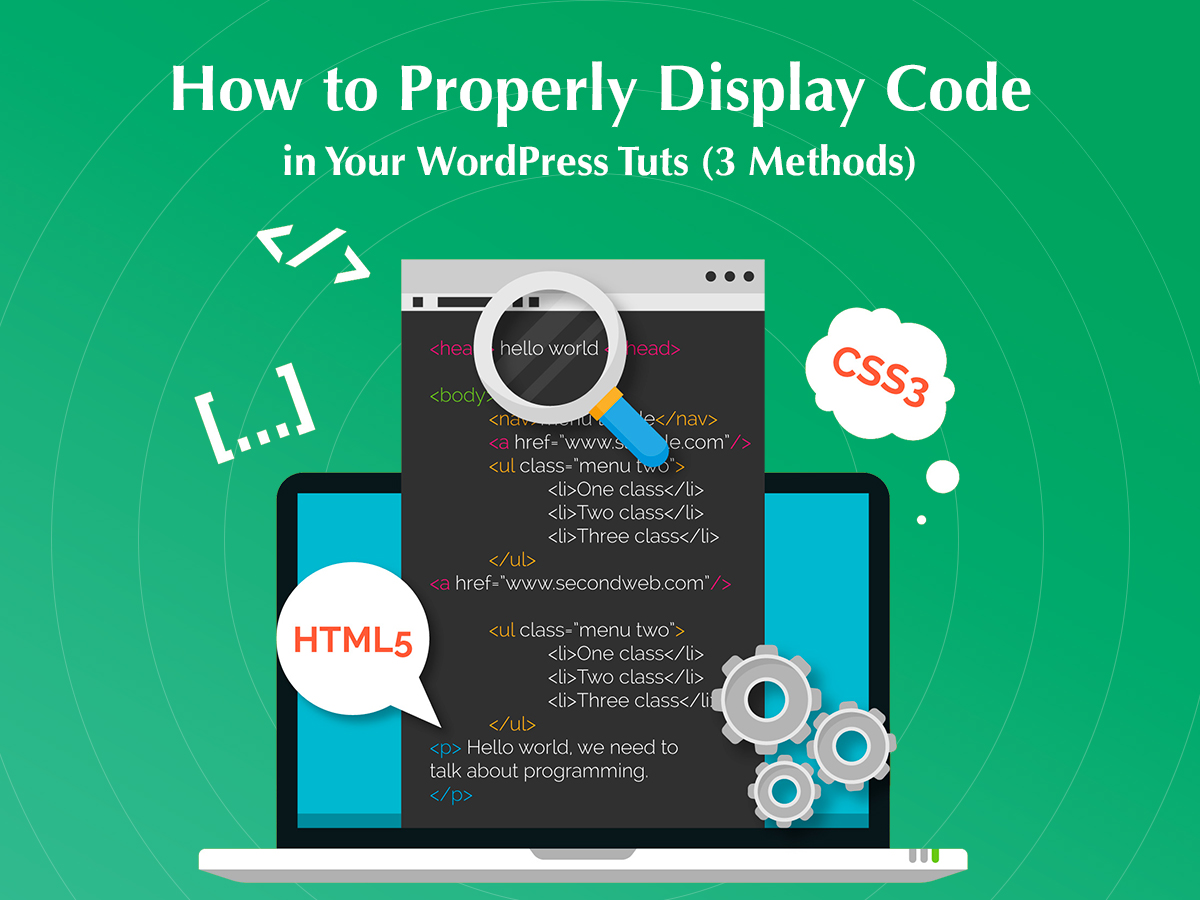In one of my latest posts on building an email campaign I’ve mentioned the idea of email segmentation, and I stated that personalized emails significantly increase engagement and gain more unique opens and clicks than regular ones.
According to Campaign Monitor, segmented emails increase revenue by 760%, so many business owners can check that fact in practice. In addition, Adestra/IDM says that email open rate for personalized newsletters is 82% higher, so you can prove this statement by your own.
Personalizing your emails allows to create more relevant campaigns as well as helps to meet your readers and customers’ needs more effectively.
That being said, let’s review some of the most widely used email segmentation methods that are very simple to implement.
1. Gender
There is a great online service called namegenderpro.com which allows detecting the gender based on the first name of a customer. The database of this service contains the first names collected from social media as well as gathered from public governmental data sources like US and UK Census, and more.
You should just download the list of names either in CSV or SQL formats, upload it to your local database, and you will have a new gender column in your regular reports. Now you can learn more of your customers and create your new email campaigns based on the new information of the gender of your recipients’ majority.
2. Location
This step supposes making a survey to learn which country and state most of your users are from. Of course, your website statistics also shows the countries that your website is most popular in.

Depending on the gathered data, you can learn the mentality of your customers, foresee their possible interests depending on their economic situation, and then create an email campaign considering this information.
3. Age
It goes without saying that people’s interests significantly differ depending on their age. The best way to define the age of your target audience is to create a survey. Please see our detailed guide on how to make a survey in WordPress, and place it either in the sidebar or on a separate page of your website to collect the information of your audience.
Another good way to learn the age of your current and potential customers is to follow them in social media and learn their personal information to create your own statistics. The age will influence the tone of your conversation with your email recipients; this means you can use different slang and speech tokens which will be the most familiar for your target age group.
4. Interests
Interests and needs of your website visitors or your online store customers are the most important factor which has an impact on what you include into your email newsletter. Interests of people can depend on:
• culture;
• religion;
• occupation;
• age;
• education;
• gender;
• and even time of day.
So the ‘interests’ chapter combines all the previous conditions we’ve already enumerated and lots of other conditions that you should learn concerning your audience.
A good way to learn the interests of your users is adding a profile section to your website and enabling the sign-up/sign in functionality. So after the registration and login, your user will be able to add their personal information into their profile. This will allow you learn this data and understand the most common interests of your potential customers.

5. Previous Actions and Purchases
Google Analytics provides information on the users’ behavior on your website. You can learn what pages are visited the most, which posts are most popular and clickable, etc. If you run an online store, you also possess the statistics on purchases made by every single customer.
The principle of creating emails based on previous purchases is similar to contextual ads. Your recipient receives the updates on the inventory of products they are potentially interested in.
Conclusion:
Every blog, business website or online store owner has their own methods of indicating the type of their audience. The result of such analysis should transform into a successful targeted email campaign which is going to increase your traffic and positively influence your revenue.





